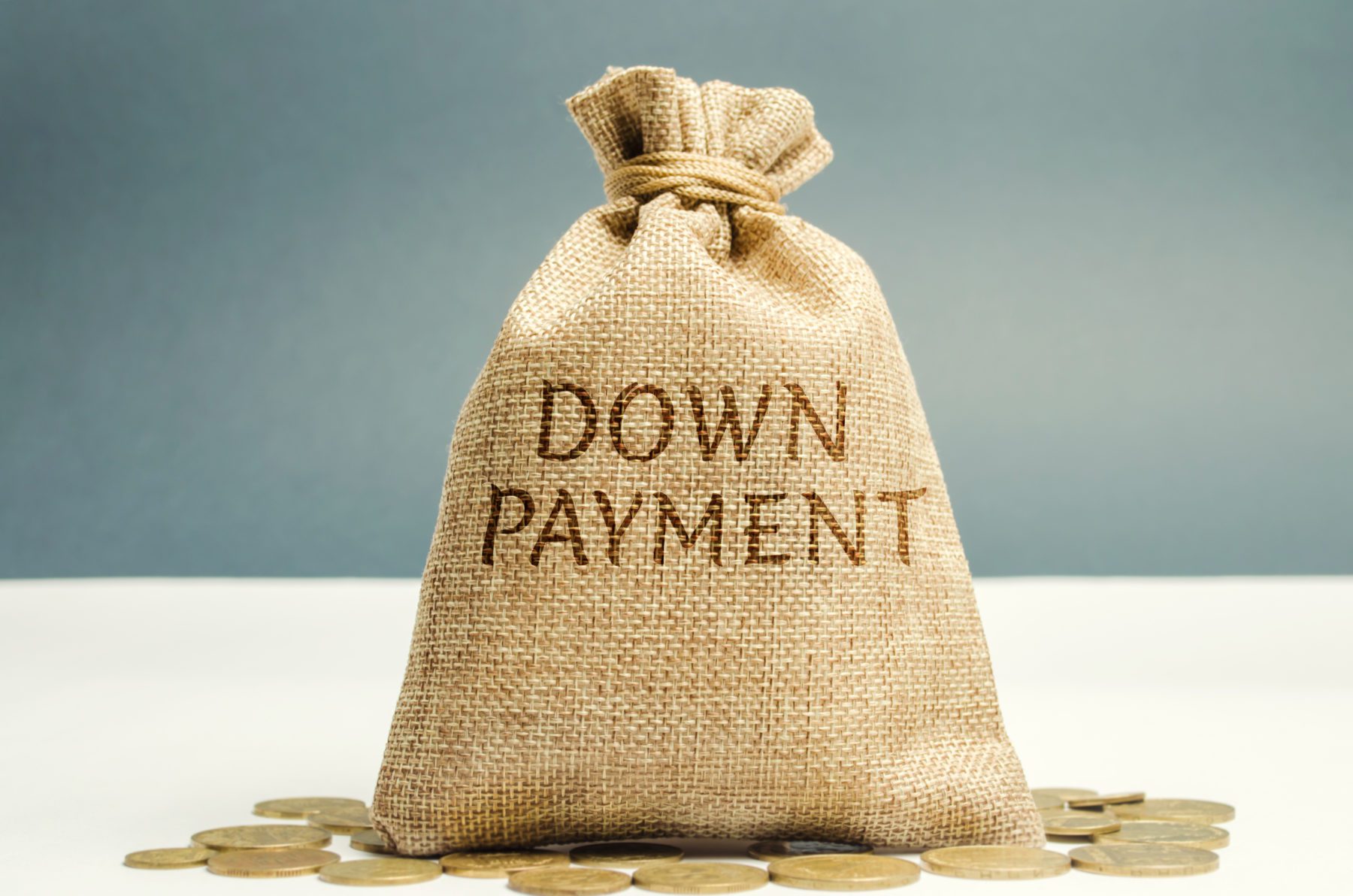Down Payment Percentages Explained

Whether you’re relocating for work and moving into your second home, or you’re purchasing a home for the very first time, one of the first financial decisions homebuyers need to make is how much to put down for a down payment.
There are a number of ways to settle on a down payment. Whether through referencing local real estate trends, or using personal finances to decide, determining the right down payment percentage is incredibly important for establishing month-to-month financing after you sign on the dotted line.
Need help? The home buying experts at Lilyana break down the benefits of down payment percentages for any budget.
What is a Down Payment?
A down payment is a portion of a home’s price that the homebuyer agrees to pay out-of-pocket. With a conventional home loan, it’s common for homebuyers to contribute anywhere from 5 to 20% to pay for a home while choosing a down payment amount all depends on loan type, the homebuyer’s finances, and market trends.
This all may sound a bit confusing to a new homebuyer, but the math for determining a down payment percentage is pretty simple. For example, if a home costs $150,000, and the homebuyer pays for $15,000 out-of-pocket, this is a 10% down payment. This means the homebuyer burrows $135,000 from the bank to pay for their home through monthly mortgage payments.
Calculate your own monthly payments with Lilyana’s handy Mortgage Calculator and discover the down payment percentage and monthly payment amounts that could make it possible for you to afford the home of your dreams.
What is a Typical Down Payment on a House?
One of the most common questions first time homebuyers ask when researching financing options is do you need to put 20% down on a house? And the short answer is no. The average down payment on a house in the United States is about 12% for repeat homebuyers and just 6% for first-time homebuyers.
While it’s true there are advantages to putting 20% down, if putting down a smaller amount up front makes a home more affordable, a lower down payment percentage may be the right option for you.
Choosing a 20% Down Payment
A 20% down payment has been considered best practice for a long time, and for good reason. First, a higher down payment percentage may lower your monthly payments and mortgage insurance costs.
When homebuyers pay 20% out-of-pocket, this automatically frees the homebuyer from paying Private Mortgage Insurance (PMI) which can be as high as 2.25% of your original loan. Avoiding additional fees like PMI payments can help you save money month-to-month, but it requires a greater upfront cost.
Putting 20% down can also qualify homeowners for a lower interest rate loan because it signals to the lender that the borrower is lower risk. When homebuyers put down 10%, this requires the bank to cover 90% of the home’s costs and can result in higher interest rates to ensure the loan is paid back. Borrowing less takes a lot of the financial burden off of the lender and can often result in a mortgage with a lower interest rate.
Additionally, a 20% down payment can also help homebuyers to stand out in a competitive real estate market. If a homebuyer is willing and able to put down 20%, this can give them a competitive edge in a market saturated with buyers.
Choosing a 10% Down Payment
After reading about all of the benefits of a 20% down payment, it may seem like putting down anything less comes with a much greater risk, but that isn’t necessarily true. The average down payment on a house in the United States is 12% and borrowing at 10% may be the best financing option for first-time buyers.
Coming up with the money for a down payment is often the biggest barrier to entry for first-time homebuyers, in fact, for many it may not even be possible. While a 10% down payment will require the homebuyer to pay Private Mortgage Insurance each month, taking on more monthly costs and leaving a larger sum of assets out of a home’s equity may make more financial sense for homebuyers with fewer savings.
Putting 10% down also allows homebuyers to put more money towards improvements and repairs which could increase a home’s value. Then, when it comes time to sell, homebuyers may be able to put some of this money towards a larger down payment on their next home.
Choosing a 5% Down Payment
A 5% down payment may have been a risky financing option in the past, but today small down payments are a very viable option for many first-time homebuyers with stable incomes, good credit, and even debt.
For instance, if you’re a first-time buyer with student loan debt, but you have a great credit score, purchasing a home at 5% down could allow you to cover the cost of the down payment without any assistance.
If you also have steady income and prospects of making more money due to career advancement or a promotion, a 5% down payment would allow you to pay what you can afford with the option to refinance your home later once you earn a greater living.
Choosing the right down payment percentage is all about understanding your options. You can get started in your homebuyer journey with our helpful Mortgage Calculator tool, or get in touch with a friendly Lilyana realtor to get started finding the right home for you and your budget.
Posted on November 12, 2020 by Taryn Dandurand


